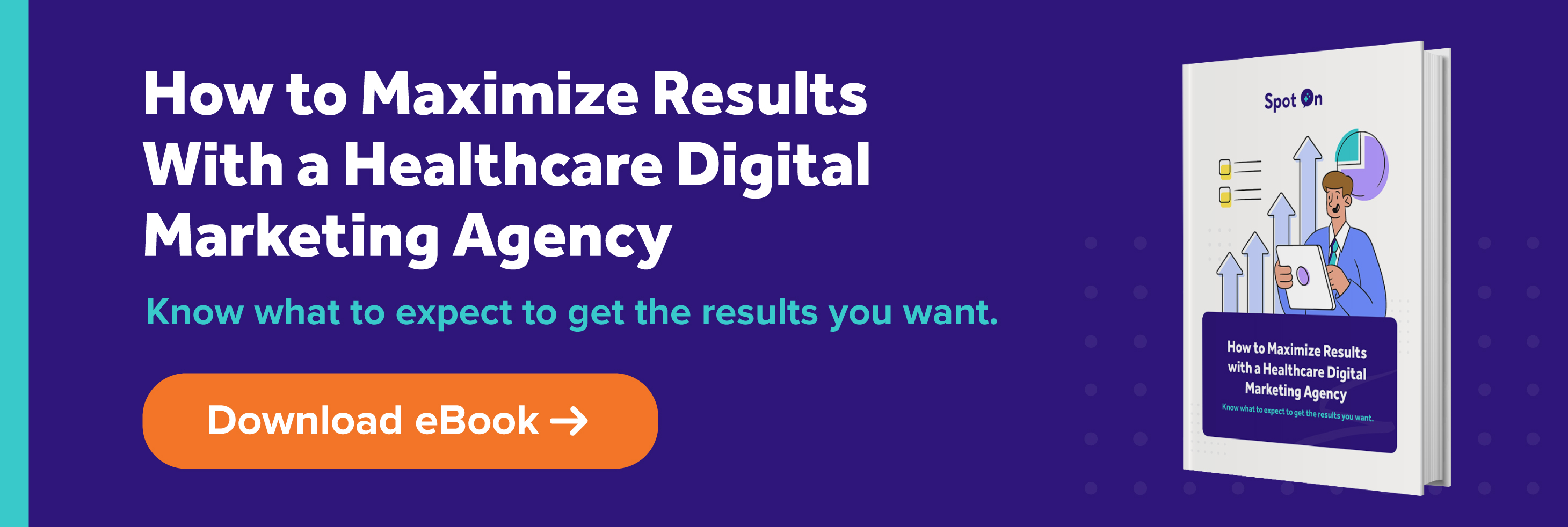These days, almost every company down to the smaller mom-and-pop retailers understands that its website is important. For many of your potential customers, your website is your front door, display window, the face of your business, and the source of a crucial first impression.
But however appealing and attractive a site is at first glance, what determines its effectiveness is how well it meets the visitor’s needs as the visitor moves through the site. A website needs a strategy.

But not just any strategy. If you go into the process blind, you’ll waste your time and money on things that don’t work and don’t build the kind of relationship with your visitors that both of you are looking for. A website strategy needs a rock-solid foundation. That means first developing a clear sense of who your visitors are, backed by data and research. And it means creating a well-defined plan for how they will move through your site. The right strategy will give focus to your goals and help you meet them.
1. Set and Refine Your Goals
The first step is a thorough goals assessment that involves asking and answering some important questions:
What business objectives is the company trying to achieve?
This requires examining your goals on several levels:
- Start with your high-level or ultimate goals. In the long term, where do you want your business to be, in terms of revenue and lasting relationships with your customers?
- In terms of overall sales, what are the close rates you are aiming for?
- Identify your primary marketing goals. These could include items such as a percentage increase in leads, a specific number of Marketing Qualified Leads, and an acceptable cost to customer acquisition.
- What role do you see your website ideally playing in achieving your other objectives, particularly your marketing goals?
Looking at these sets of goals individually can produce an in-depth understanding of your universal business goal.
Where does the company stand today in relation to these goals and what has been happening recently?
Answering this question involves reviewing metrics from the past six months. Is the company getting closer to meeting its goals or moving further away?
In terms of the next quarter, where do you need to be to make sure you are on track for reaching your goals?
This step includes documenting the following goal information:
- S.M.A.R.T Goals - This acronym stands for specific, measurable, achievable, results-based and timely. Specific addresses the who, what, when, where, and why of the goal. Measurable means you must be able to use analytical data to determine the outcome. Attainable ensures that your goal is reasonable. Relevance determines the importance of each goal, and timely establishes a time frame for completion.
- Yearly Goals - These goals will help to inform if you’re on the right path or if you need to adjust your efforts. Meeting them is non-negotiable.
- Yearly Stretch Goal - Consider this your “nice to have” goal. While it’s not a main objective – it’s a goal you’ll work to reach after securing the primary ones.
- Intentional Omissions - It’s useful to specifically discern some areas that may interfere with your efforts to meet your key goals. This will keep everyone on the same page and prevent deviation from predetermined plans. While the omissions are possibly worthwhile in and of themselves, they should be left aside until the end of the cycle.
What are our specific website goals?
Here’s where you really nail it down. Start with things that can be measured and then add some important mission goals. Frequently, this kind of goals list will include the following:
- A desired traffic target number.
- Conversions – target numbers for a free trial, growth of inbound leads, quote requests, phone inquiries, and content download.
- A target number of blog subscribers.
- Increasing brand awareness for your company.
- Compelling visitors to interact with and spend more time on your site
- Educating your audience about your company, what drives it, and what sets it apart from competitors.
2. Identify Key Audience Members
A crucial step toward creating an effective website is establishing your personas. Each persona will have their own goals that they are trying to meet. You want to make sure that your website helps them do that.
Internal Interviews
A good first step in creating a portrait of your primary audience is asking and answering your staff a series of questions about the person who will most likely be visiting your website. These questions should include:
- Background Story of Your Visitors - What industry is your target customer likely to be a part of? What is the persona’s position at their company? What is a day in his or her professional life like? Put all of the relevant background information into a story format.
- Demographics - What is the prospective visitor’s gender, age, and household income?
- Goals - Considering the factors already identified, what are the visitor’s main goals likely to be in interacting with your company?
- Customer Economics - What is the cost of acquiring this customer? What lifetime value do you expect from the relationship? What overturn rate do you expect on this type of customer? What is the average sale to this type of customer likely to be?
- Common Objections - What reasons do leads commonly offer for not signing on the dotted line? If you understand the objections in advance, you can better prepare to counter them. This will be invaluable to your sales team.
External Interviews
Now it’s time to back up your findings with real-world examples. Aim for five people here, drawn from among current customers, former customers, prospects already in the pipeline and people who have never heard of your company but fit the persona you have developed so far. Look at the same factors you explored internally.
These exercises are likely to yield multiple personas that can be considered potential customers.
Select the Key Personas
Once you have completed the preceding steps, it’s time to create the first version of your customer personas, which you can improve on over time as you get new data. A few pointers:
- Limit your list to three primary personas max. The fewer you have, the easier it is to tailor your marketing and remain focused.
- The personas you select should have the greatest potential impact on your company.
- Remember that the initial version doesn’t need to be perfect. This is just a starting point.
- Always refer back to the personas before making any marketing, copy or design decisions.
3. Check the Website Fundamentals
Decide what you’re going to say on your website and how you say it based on these 10 factors:
- Persona - Who are we talking to?
- Problems - What are the main issues your personas face? This should be a focused list of one to three items.
- Solutions - Brainstorm with your team. What solutions do you offer that correspond directly to the persona’s problems?
- Unique value proposition - What does your company do that goes above and beyond all other options and sets you apart from your competition? Be as specific as you can here. This is your chance to grab the visitor’s attention.
- Competitors - What alternate solutions are available to potential customers to try and solve their problems?
- Key information - If you had only three or four things you could tell someone visiting your site, what would they be? Make sure they come across clearly.
- Triggers to visit - What event causes the persona to realize they need help and to ultimately visit your site in their search for solutions?
- First value experience - Try to pinpoint the element or information on your website that will first convey value to the prospective customer and prompt them to continue engagement. How can you showcase that value front and center?
- Bringing them back - What can you do or offer on the website that will influence your visitor to return in the future?
- High risk vs. low risk - Spot-check your site for major and minor flaws and recognize any places where your site is taking chances on losing the visitor. If you got something wrong, how likely would it be to result in loss of sale? The more things the site gets wrong, the greater the chances of loss become. Is there anything missing from website experience that you can fill in?
4. Create a User Journey Map
Using the visitor personas you’ve created, picture each one’s experience before, during, and after visiting your site. A customer journey map lays out the process a customer or prospect goes through to achieve a goal with your company. You can use this map to fine-tune your sense of your customers' motivations, needs, and frustrations. Consider the following:
- The stages of the buyer’s journey and what kind of information is necessary for each.
- The prospects’ mental state as they proceed through the process. Distinguish the positive and negative thoughts, emotions, actions, and challenges that are likely at each stage. Is the overall experience good or bad? Is the customer likely to feel uncertain and frustrated or satisfied and delighted? Assess each step in the process according to a positive or negative response and tally up the total.
- Opportunities for improvement - In what ways can your company’s products or solutions eliminate any potential negative emotions you have identified?
- Any questions you haven’t been able to answer that require more research.
5. Brainstorm a Wish List
Once you have a clear picture of your key customers and the journey you want them to take with your company, it’s time to start planning the specifics.
- Put everything on the table. Consider all of the possible site elements, sections, and features you want to include, then use a point system and assign each item a number according to its expected impact.
- Narrow down the list to the items you absolutely must have on the site in order to launch it. These are the elements that will have the most impact on the visitor and need to be there from the very beginning.
- Move the remaining items to the back burner. These are elements that may add value to the site, but are not worth delaying the launch to get into place.
- Be sure to include the type of content you want to provide that will aid visitors in each step of their journey. Possibilities include blog posts, eBooks, and interactive quizzes.
This list can help you focus your website and maximize its success. If you want to learn more about creating the most effective website possible, schedule a meeting with the Spot On team.










